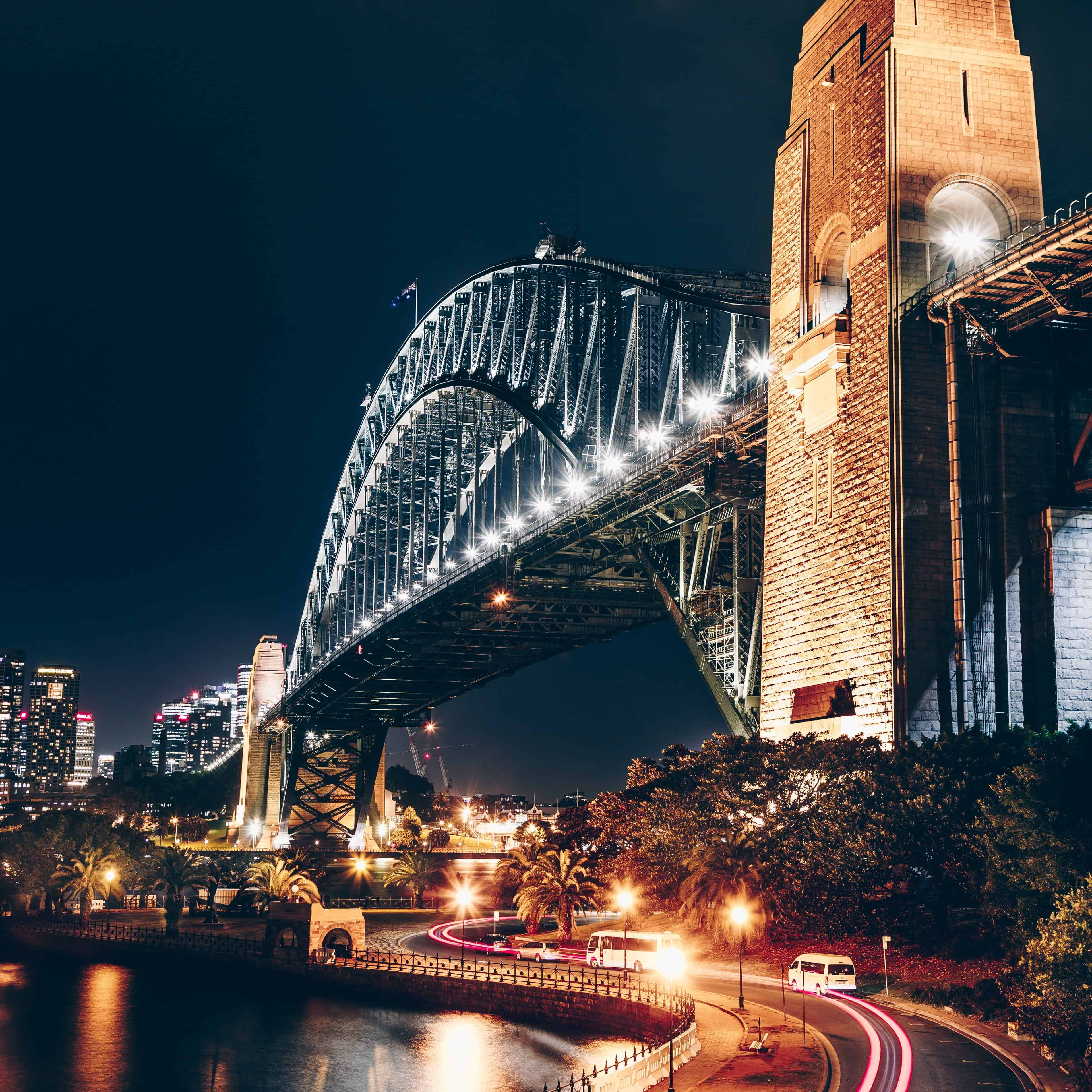目次
長期的な経済成長を遂げたことでもその名を知られるオーストラリア。
実はこの国の発展は、第二次世界大戦後の歴史において大きな契機がありました。
今回は、1950年代から現代までのオーストラリアにおける歴史上の重要なターニングポイントをご紹介します。
1950s: 郊外の夢
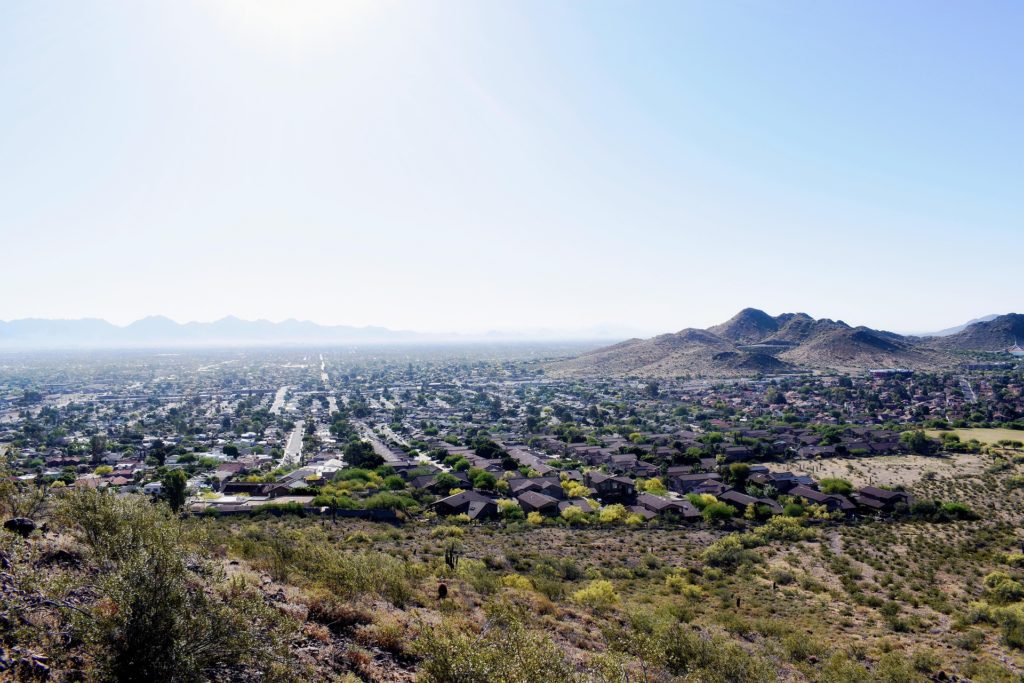
1950年代のオーストラリアは、高い雇用率とによる好景気に国全体が沸いていました。オーストラリアの各地位では、都市近郊に大規模な区画の一戸建て住宅が建ち並ぶ新しい郊外エリアが開発され、人々は「郊外の夢」を楽しんでいました。
オーストラリアの人口は、イギリスだけでなく、ギリシャ、イタリア、オランダ、ドイツなど、戦後のヨーロッパからの移民によって、1,000万人にまで増加しました。
1949年、自由党党首のロバート・メンジースが政権を取り戻し、1966年まで統治を続け、オーストラリアの歴史上で最も長く首相を務めた人物となりました。
この時代における主な出来事としては、1954年の英国王室ツアー、1956年のテレビの登場などが挙げられる他にも、メルボルンで夏季オリンピックが開催されたことも大きなニュースでした。
この10年間は、オーストラリアが朝鮮戦争(1950~1953年)に参戦し、冷戦による影響と脅威に晒されていたにもかかわらず、比較的平和な時代と言えるでしょう。
1957年、日本とオーストラリアの間で日豪通商協定が締結され、二国間の貿易・投資が活発化するなど、豪日関係は更なる発展の様相を呈していました。
1960s: 市民によるデモ活動と繁栄
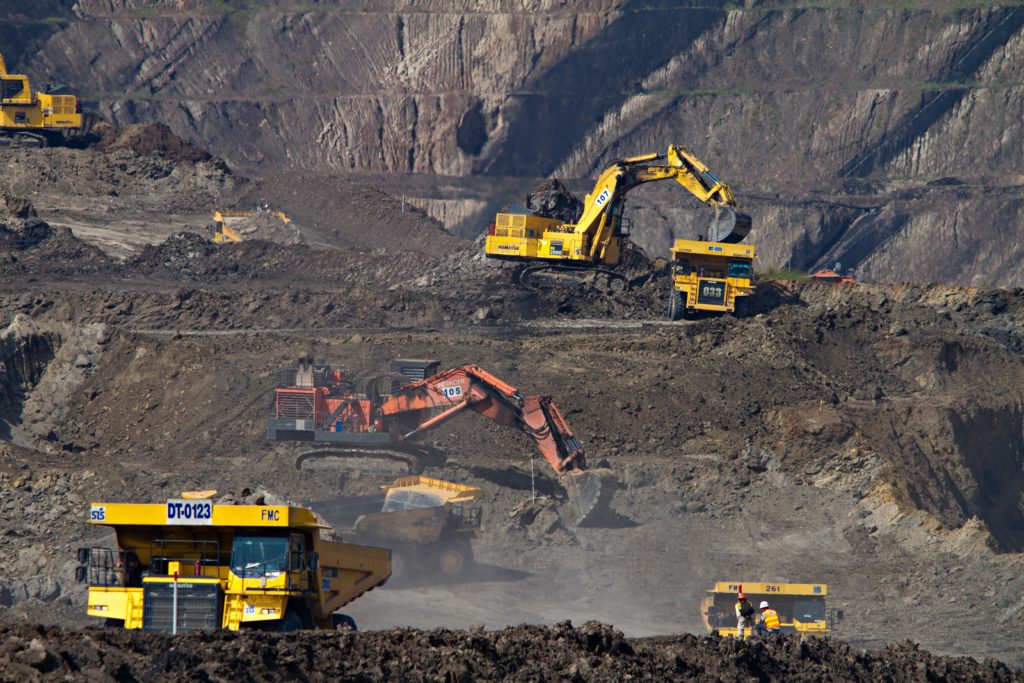
1960年代は、戦後に誕生した子どもたちが大人になり、影響力を発揮するようになる大きなタイミングとなりました。徴兵制やベトナム戦争に反対する大規模な抗議デモ活動が行われたほか、女性の平等やオーストラリア先住民の権利を訴えるキャンペーンなども盛んに行われました。
文化的な側面に目を向けて見ると、エルビス・プレスリーやビートルズのテレビ放映が人気を博し、およそ30万人もの人々がこれらのイギリスのグループをアデレードで行われたコンサートに迎え、熱狂的な歓迎がなされました。
1966年には、オーストラリアは米国のリンドン・ジョンストン大統領(当時)を、米国大統領として初めて迎え入れました。メンジースの後継者であるハロルド・ホルトは、”All the way with LBJ “というスローガンを掲げて米国の指導者を歓迎しました。
経済面では、主に鉄鉱石などの鉱物の輸出が増加し、”鉱業ブーム”が巻き起こります。
1970s: 時代の到来
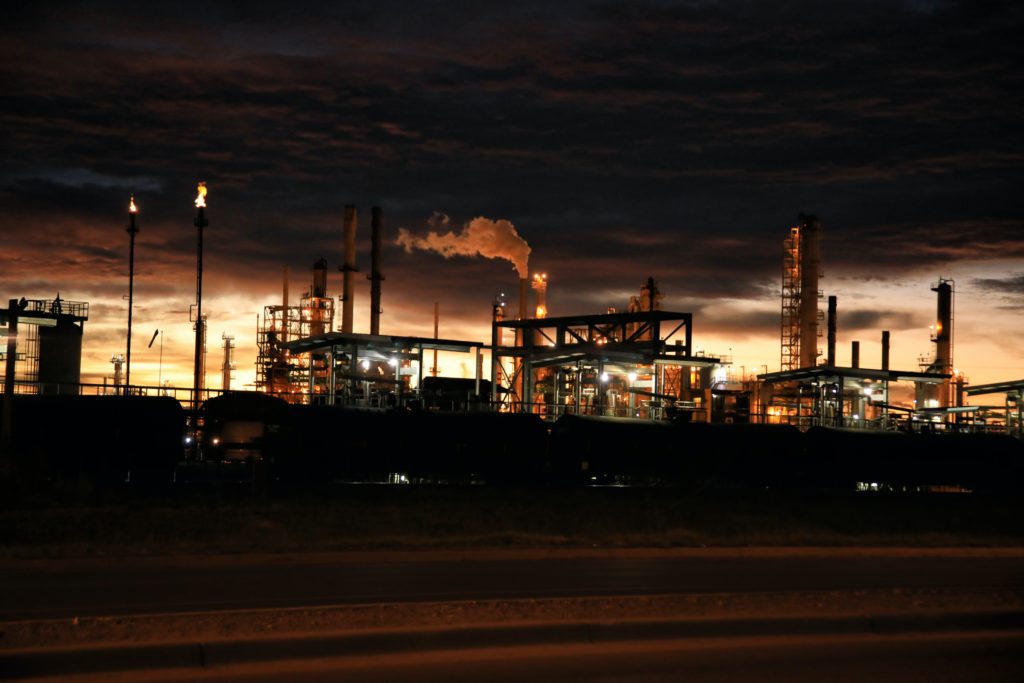
1972年にゴフ・ウィットラム率いる左派の労働党が当選したことにより、1970年代はオーストラリアにとって大きな変革の時期となりました。
労働党は、「It’s Time」というスローガンを掲げてキャンペーンを行い、「白豪主義」の移民政策の廃止、ベトナムからのオーストラリア軍の撤退、大学教育の無償化と国民健康保険の導入など、多くの改革を実施しました。
厳格な移民政策が廃止されたことで、ベトナムからの難民をはじめとする多くの移民が流入し、多文化国家オーストラリアとしての新しい時代の幕開けとなりました。
経済面では、1973年に起こったオイルショックにより世界とオーストラリア経済は混乱に陥り、急激なインフレと失業率の上昇を招きました。
1975年、こうした政治的混乱の中、イギリス女王の権限により、ジョン・カー総督がウィットラム政権を解任します。ウィットラムの後任には、自由党のマルコム・フレーザーが就任し、1983年まで政権を担うことになります。
1980s: 「貪欲なのは、良いことだ」
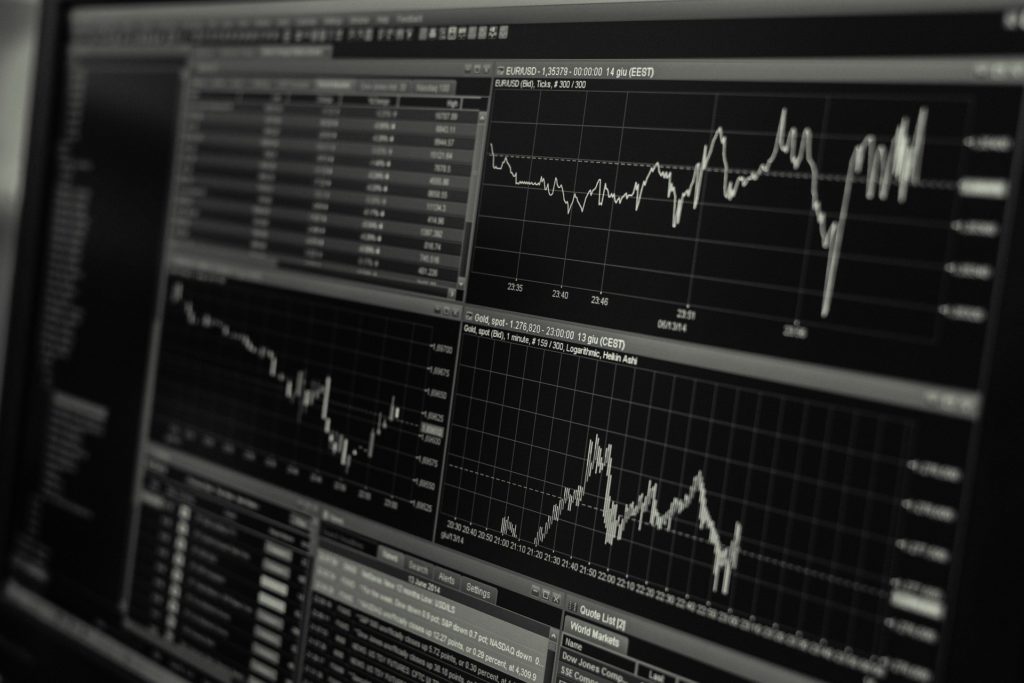
1980年代は、1987年に公開された米国映画『ウォール・ストリート』に登場する「貪欲なのは、良いことだ」という倫理観を特徴とする経済革命が起こりました。
「Yuppies(ヤッピー)」と呼ばれる、若くて上昇志向の強い各業界の専門家たちが、輸入車とスマートなスーツを身にまとい、時代の繁栄を享受します。
しかし、1987年10月19日には株式市場が大暴落し、「ブラックマンデー」と呼ばれる世界的な金融不況となりました。これによりオーストラリアも例に漏れず不況に陥り、労働党の財務大臣であるポール・キーティング氏は、この不況を「なるべくしてなった状況」と表現したことで話題になりました。
1984年、英国国歌に代わり「Advance Australia Fair」が正式にオーストラリアの国歌となり、緑と金がオーストラリアのナショナルカラーとして指定されました。
労働党のボブ・ホークは1983年から1991年まで党首を務め、1984年には75%という過去最高の支持率を獲得し、様々な規制緩和改革を実施しました。また、ホークは1983年にオーストラリアがヨットレースのアメリカズカップで優勝したことを祝い、「今日、出勤しなかったことで誰かをクビにする上司は最低だ」と宣言したことでも有名です。
また、1989年11月にはベルリンの壁が崩壊。長く続いた冷戦が終結し、国際関係が新たな局面を迎得ることになります。
1990s: 景気後退と回復

日本では、バブル経済が1990年に崩壊し、オーストラリアでも1990年代初頭に景気後退が起こります。
1992年には失業率が過去最高の11.4%に達し、航空会社や銀行の倒産が経済に大きな打撃を与えました。
社会的には、移民の増加により、オーストラリア人の約4人に1人を外国人が占めるようになります。
また、1990年代には、インターネットや携帯電話が登場し、IT技術の発展に伴う新時代の幕開けとなりました。
政治面では、1991年にポール・キーティングがボブ・ホークから政権を奪取し、成功を収めます。しかし、13年間の任期を終えた労働党は、1996年にジョン・ハワード率いる保守的な自由・国民連合に敗北を喫します。その後、この連合政権は2007年まで政権を維持することになります。
一方、オーストラリア軍は1990年に米国主導のイラク戦争の支援を行うことになり、オーストラリアからも程近い東ティモールにおいて、国連平和維持軍を率いて上陸作戦が実行されました。
2000s: お祝いとテロ
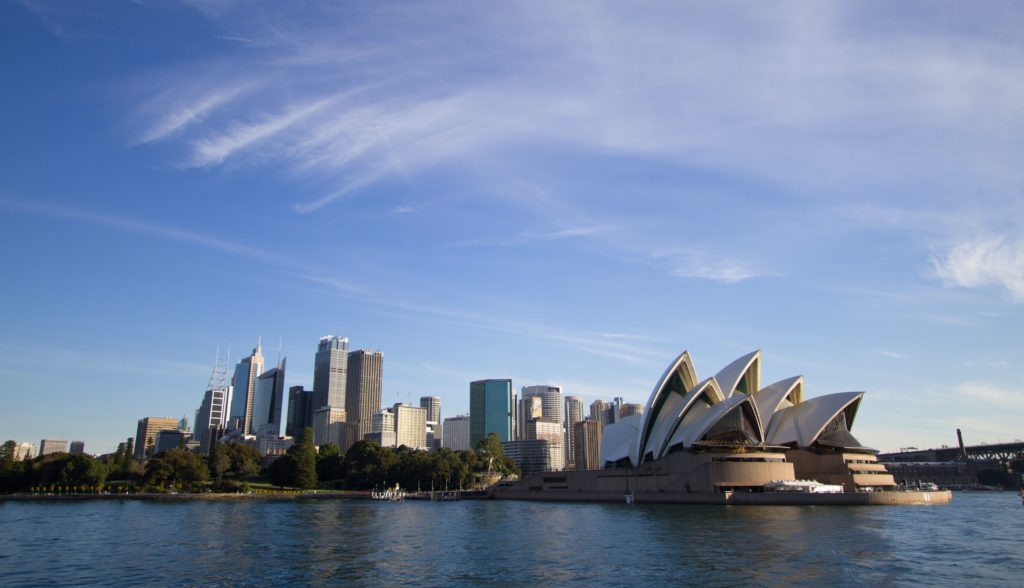
2000年にはシドニーで夏季オリンピックが開催され、2001年1月1日にはオーストラリアが100周年を迎えるなど、新たなミレニアムを祝うことで、新しい10年が始まります。
経済面では、インターネットの発展により、株式市場では「ドットコム・ブーム」が起こり、インターネット関連企業が大きな利益を上げました。
しかし、2001年9月のニューヨーク世界貿易センターへのテロ攻撃は、世界的な「テロとの戦い」の始まり告げることになり、オーストラリアは米国主導のアフガニスタンとイラクでの軍事作戦に兵力を提供しました。また、イスラム過激派がインドネシアのバリにあるバーを爆破し、88人のオーストラリア人観光客が死亡するなど、一般のオーストラリア国民も戦争の影響を受けることになります。
2008年、世界金融危機(GFC)が発生し、世界は再び不況に陥ります。しかし、「Lucky Country」と呼ばれるオーストラリアは、政府による速やかな対策と、中国の急速な工業化に牽引された鉱業ブームのおかげで、大幅な景気後退を避けることができました。
政治面では、2007年の選挙でジョン・ハワードによる長期政権がケビン・ラッド率いる労働党に敗れ、オーストラリアは再び大きな転換点を迎えます。
ラッドは、気候変動に関する京都議定書の批准や、オーストラリア先住民への謝罪など、さまざまな改革を行いました。
2010s: 政治的な混乱の中で
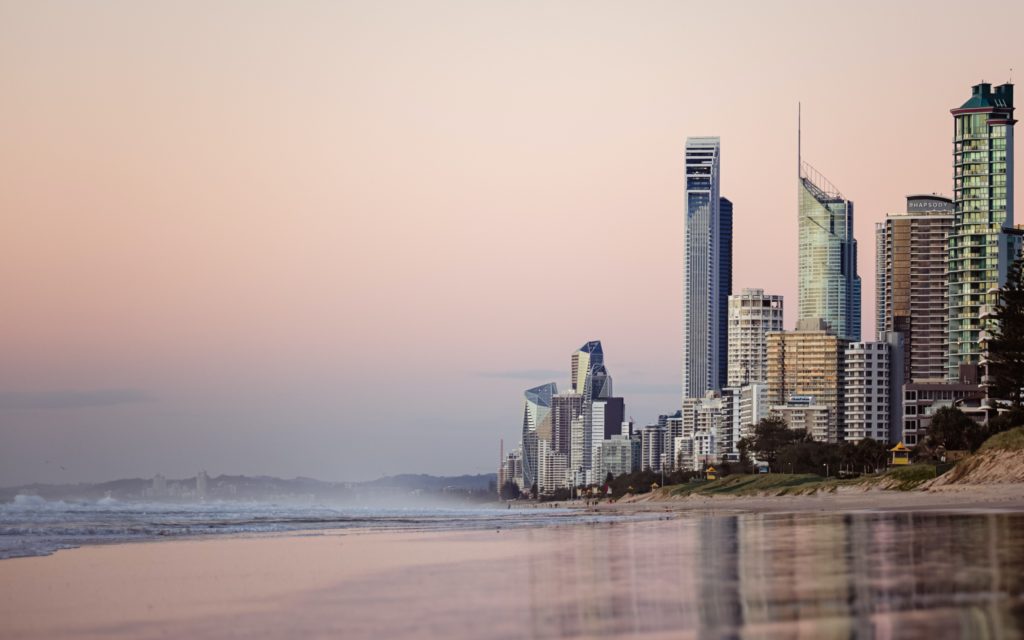
オーストラリアは、GFC(世界金融危機)にもかかわらず経済成長を続け、そのまま永遠に続くかのような長い好景気に支えられ、新しい10年を迎えました。
しかし、経済が安定していた一方で、政治面ではこの10年間は大きな変化の連続でした。ケビン・ラッドは、2010年に労働党のライバルであるジュリア・ギラードに敗北した後、2013年にトップの座を奪い返します。
自由党党首のトニー・アボットは、2013年の総選挙でラッドに勝利しますが、その2年後に同僚のマルコム・ターンブルから裏切られてしまいます。
しかし、そのターンブルも同じ不幸を味わうことになります。2019年にはスコット・モリソンが旧政権を打倒し、新たな改革を打ち出すことになります。この一連の状況は、日本で安倍晋三首相が長期的にトップの座についていた状況とは大きく異なります。
この後、2011年のブリスベンの洪水を皮切りに、オーストラリアでは各地で自然災害が多発します。2020年には「Black Summer」と呼ばれる山火事が発生し、約180万ヘクタールが焼失。推定で約10億頭の動物が死亡したことは世界的にも大きなニュースとして報道されました。
また、2020年にはCOVID-19と呼ばれるパンデミックがオーストラリアを襲い、政府は感染拡大を避けるため国境封鎖を行います。政府のこうしたスピーディな対策が功を奏し、全人口の2,500万人中、2021年3月31日時点で909人の死亡が報告されているものの、世界的に見ればウイルスによる犠牲者を比較的少数に留められていることでも注目を浴びています。
2021年4月現在、ワクチンは徐々に全国に配布されており、同年末から2022年にかけて海外旅行が再開されることが期待されています。
ご存知でしたか? ”オーストラリアに関する豆知識”
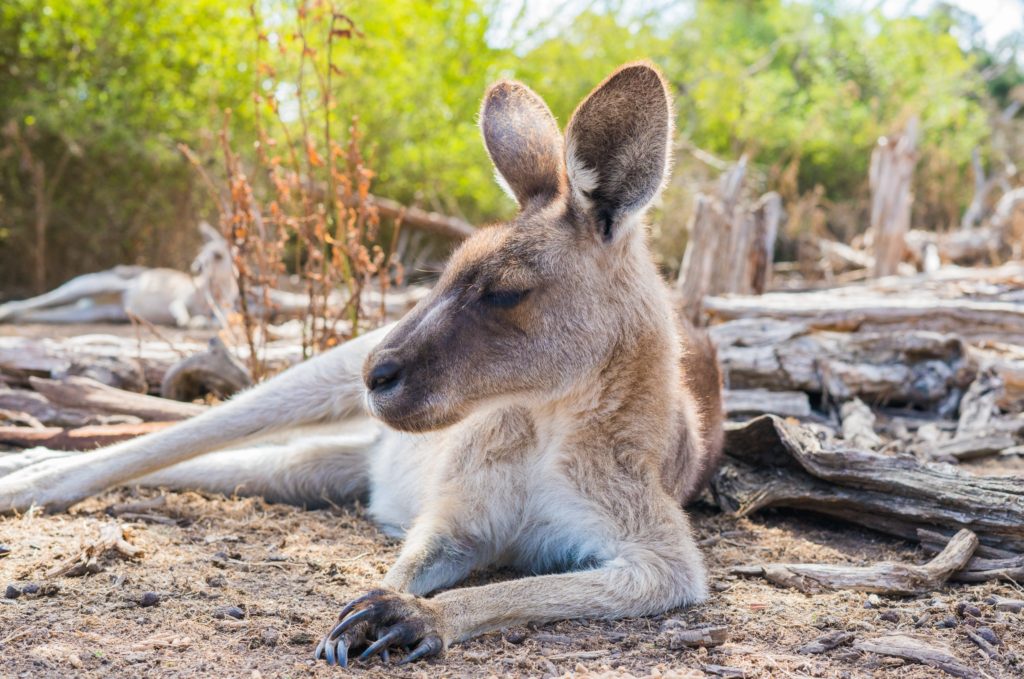
・1957年、オーストラリアは第二次世界大戦後、日本と初めて貿易協定を結んだ国となりました。
・オーストラリアで最も人気のあるリーダーの1人であるボブ・ホークは、英国のオックスフォード大学在学中に、ビール1杯を12秒以内に飲むという世界記録を持っていたことで有名です。
・ローズマリー・フォレットは、1989年にオーストラリア首都特別地域の首席大臣に就任し、オーストラリア政府を率いた初の女性となりました。ジュリア・ギラードは2010年に初の女性首相となりました。
・オーストラリアへの最初の日本人入植者は、1800年代後半にオーストラリアに到着し、真珠産業に従事していました。

